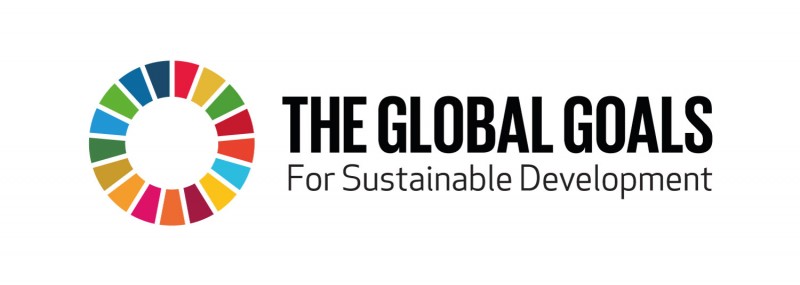Encourage your pupils to develop their creativity by listening to music they like and creating a work of art to represent how it makes them feel with this activity from Tate Kids.
The Idea:
Different types of music can create different responses. Responses to music can be made through drawing, painting, 3D sculpture, movement, dance, story, poetry, photography, slide projection and video. You can probably think of others, too. The idea here is to show how the music inspires you. Your work will show how music makes you feel, what it makes you think of and what you can create from what you hear.
The Plan:
You are going to respond to your chosen piece of music by creating a sculpture known as a 3D kinetic (that means movement) sculpture-drawing. This means you will respond by creating a sculpture that represents the way the music makes you feel.
You Need:
- A selection of any bits and pieces you can find, including lolly sticks and different sized and coloured pieces of paper.
- String, wool or ribbon, so you can make a music sculpture mobile if you wish.
- Scissors, sticky tape, glue.
- A hook - if you want to hang your mobile up.
- Your chosen piece of music or sounds.
Do it!
- Listen carefully to your music and think about how the music moves.
- Does it make big swooshing shapes? Does it make small, quiet movements or is it jerky and repetitive? Perhaps it sounds like it is creeping along the floor? Or is it more like it is flying and swirling through the air.
- You might find yourself moving to the music. That’s good – dance if you want to.
- Now you are ready to make your 3D sculpture by choosing bits and pieces that represent the feel of your music. For example a curled waving piece of paper might move in a whirly, swirling way or a collection of lolly sticks might clink against each other in a jerky, clicky way.
- Hang your sculpture up like a mobile so it can rotate and move freely.
Top Tips:
- Think about how the sounds fit together and move. Then try to make your 3D sculpture move in a similar way.
- Try different ways of responding to other pieces of music or sounds.
- You might enjoy just working with a sound effects CD.
- You could make a response to the natural sounds around you – go into the country, into the city or by the sea if that is possible.
See it:


